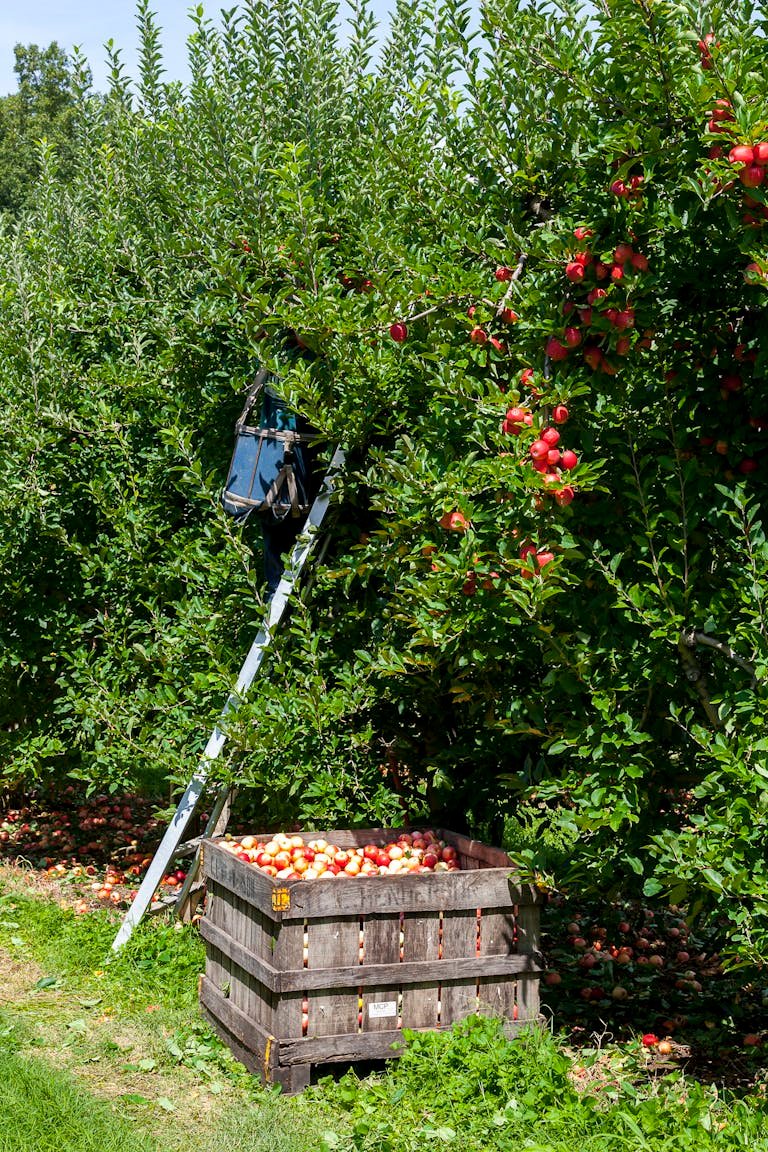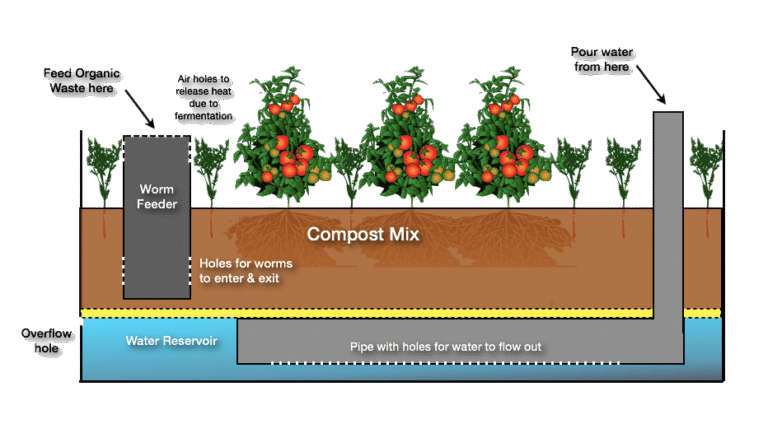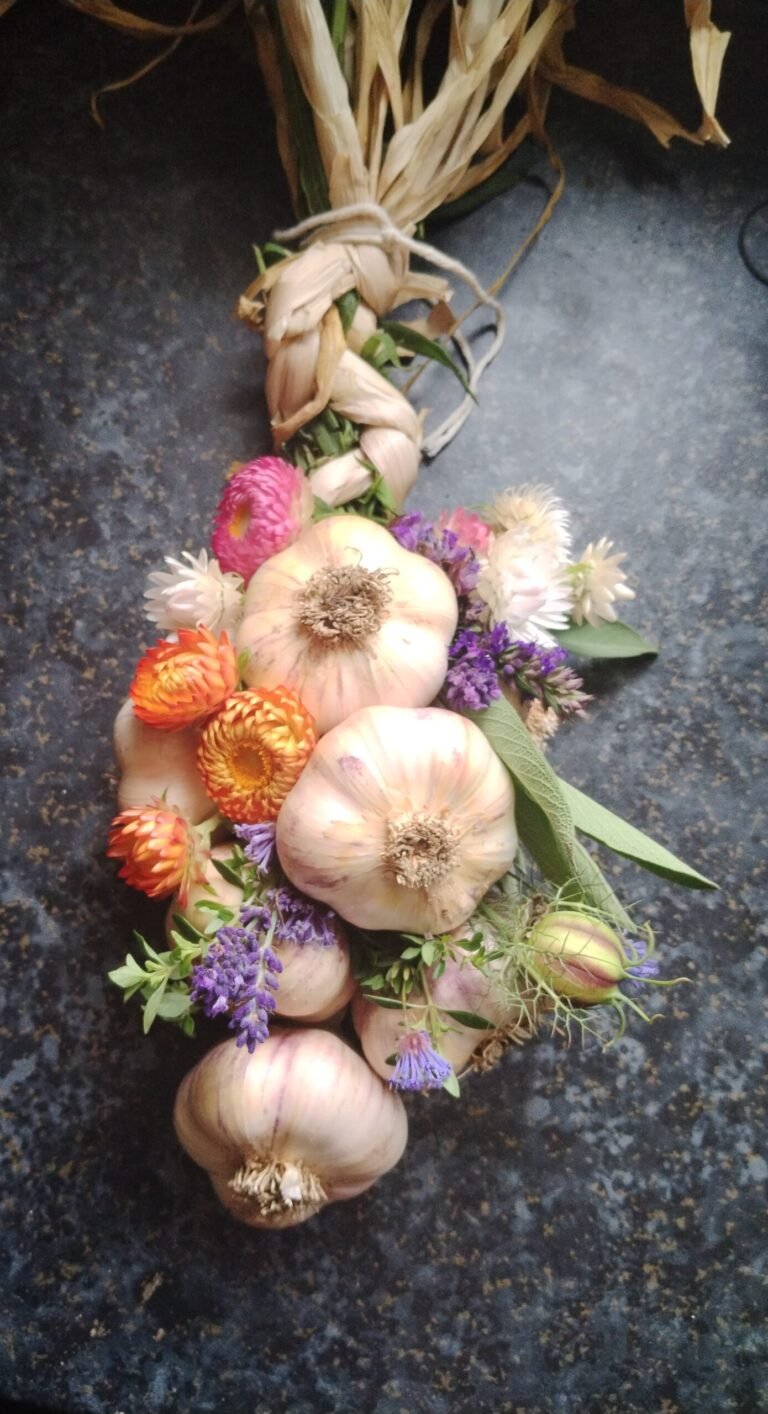Did you know that your gut contains over 100 trillion microorganisms which all either help or hinder your gut health?
I was always curious about the impact of food on our bodies, physically and mentally. It was the book ‘The Kitchen Shrink‘ that was the door to this rabbit hole for me and I just used it as a sledge to go down the spiral ever since.
Especially after having kids the interest deepened. Most likely because now it wasn’t just my health I was in charge of. Especially for children the right food is important as a lot of development is done when the right food is being burned. Our bodies are fine-tuned machines and should be treated as such.
A recent study in Nature found that people who eat 30+ different plant foods weekly have significantly more diverse gut microbiomes than those who eat less than 10! This is important for our immune system, brain functions and overall development. Let’s explore how fresh produce can transform your gut health.
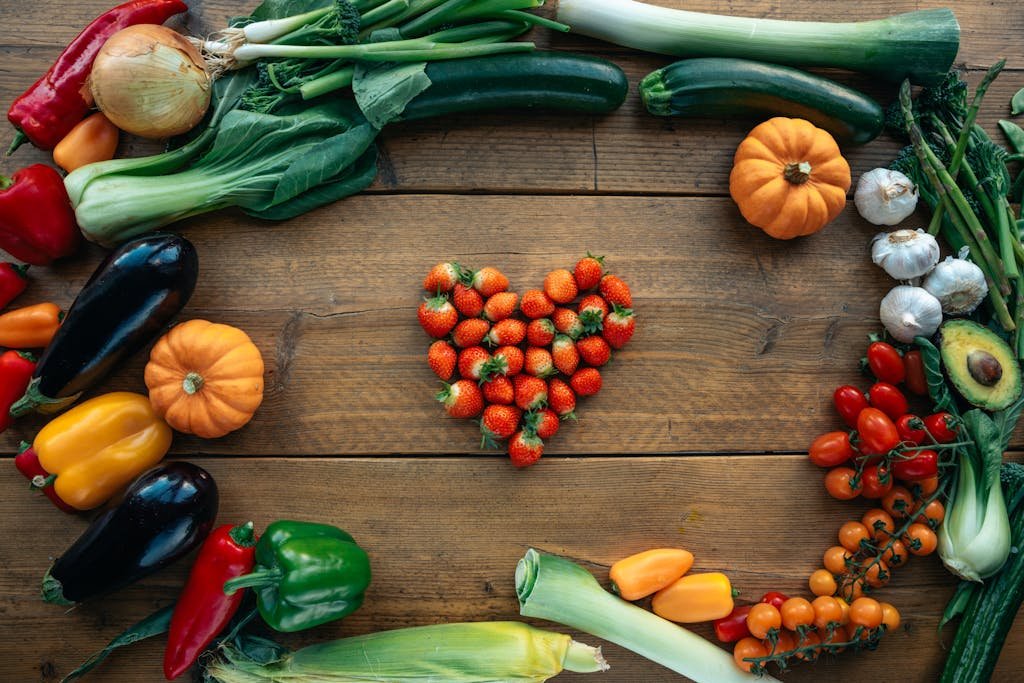
(Some of the links on this site are affiliate links, which means I may earn a small commission if you make a purchase through them—at no extra cost to you. I’m a participant in the Amazon Services LLC Associates Program.)
Understanding the Gut-Produce Connection
Let’s dive into the fascinating world of your gut! First off, your gut microbiome hosts trillions of tiny organisms that significantly impact everything from your mood to your immune system. Remarkably, a groundbreaking study in the American Journal of Clinical Nutrition (2023) discovered that adding just two extra servings of fresh produce daily led to a 40% increase in beneficial gut bacteria within two weeks.
Furthermore, these good bacteria absolutely love to feast on the fiber in fresh produce, which consequently produces compounds called short-chain fatty acids. Additionally, these fatty acids play a crucial role in reducing inflammation and maintaining a healthy gut lining.
Meanwhile, if you’re curious to learn more, check out “The Mind-Gut Connection” by Dr. Emeran Mayer or watch the engaging YouTube video “How the food you eat affects your gut – Shilpa Ravella” Moreover, seasonal eating appears to amplify these benefits – a recent Science (2024) study found that local produce typically contains higher levels of beneficial compounds. Subsequently, this makes your farmers’ market trips even more valuable for gut health!
Let’s talk about why homegrown produce is a gut-health superhero! According to a 2023 study in the Journal of Agriculture and Food Chemistry, vegetables begin losing nutrients within hours of harvesting. Remarkably, homegrown produce eaten within 24 hours of harvest contains up to 60% more beneficial compounds than store-bought alternatives.
Moreover, the soil microbiome in your garden actually enhances the prebiotic content of your vegetables. For instance, homegrown tomatoes show significantly higher levels of gut-healthy polyphenols compared to their transported counterparts. The University of California’s “Garden to Gut” research program found that people who consumed homegrown produce had 40% more microbiome diversity than those who relied solely on store-bought options. Check out the “Charles Dowding” YouTube channel for practical tips on starting your own nutrient-dense garden!

Top Microbiome-Boosting Fruits and Vegetables
When it comes to supporting your gut health, certain fruits and vegetables are absolute powerhouses. Let’s start with prebiotic-rich produce like garlic, onions, and leeks. These foods are packed with inulin, a type of fiber that feeds the good bacteria in your gut. Research from the Journal of Nutrition shows that adding prebiotics to your diet can enhance digestion and even improve your mood. Want to dive deeper? The book Fiber Fueled by Dr. Will Bulsiewicz explains this beautifully and is worth checking out.
Color
Now, let’s talk about color. Ever heard the phrase “eat the rainbow”? It’s not just about making your plate Instagram-worthy. Colorful fruits and vegetables like purple carrots, red bell peppers, and dark leafy greens each offer unique antioxidants that boost your microbiome in different ways. For instance, red and purple produce are rich in polyphenols, compounds that help beneficial gut bacteria thrive. If you’re a visual learner, look up YouTube videos by nutritionist Dr. Rhonda Patrick—she explains how these pigments benefit your gut in easy-to-understand terms.
Fermentation
Fermentation takes things up another notch. Vegetables like cabbage, cucumbers, and carrots transform into probiotic powerhouses when fermented into foods like sauerkraut, pickles, and kimchi. These probiotics replenish your gut’s bacteria, improving digestion and immunity. You don’t need fancy equipment to get started—simple mason jar recipes and my post ‘Jerusalem Artichokes & The Lost Art of Pickling: A Complete Guide‘ are a great place to begin.
Homegrowing
Homegrown produce also plays a huge role in gut health. Did you know that vegetables picked fresh from your garden often have higher levels of nutrients compared to store-bought ones? A study from Food Chemistry revealed that spinach harvested straight from a garden contains more Vitamin C than spinach sitting in a supermarket fridge for days. Plus, when you grow your own food, you control the soil quality and avoid chemical additives that might harm your microbiome.
What to start with
Not sure what to grow? Start with gut-health superstars like kale, Swiss chard, and zucchini. They’re easy to cultivate and packed with fiber and nutrients. Tomatoes are another excellent choice—they’re rich in lycopene, which supports a healthy gut lining. For beginners, YouTube channels like Charles Dowding or Epic gardening offer step-by-step guides to building your first vegetable bed. You of course can contact us too and we will try to help.
Lastly, it’s fascinating to compare nutrient levels in homegrown versus store-bought produce. Studies show that vegetables grown at home in rich, organic soil often have higher levels of antioxidants and minerals. Plus, the flavor is unbeatable! If you need more convincing, Michael Pollan’s The Omnivore’s Dilemma dives into the science and philosophy of growing your own food.
Supporting your gut health doesn’t have to be complicated or expensive. Whether you’re planting a small garden, fermenting veggies, or adding vibrant produce to your plate, every little effort contributes to a thriving microbiome—and a healthier you.


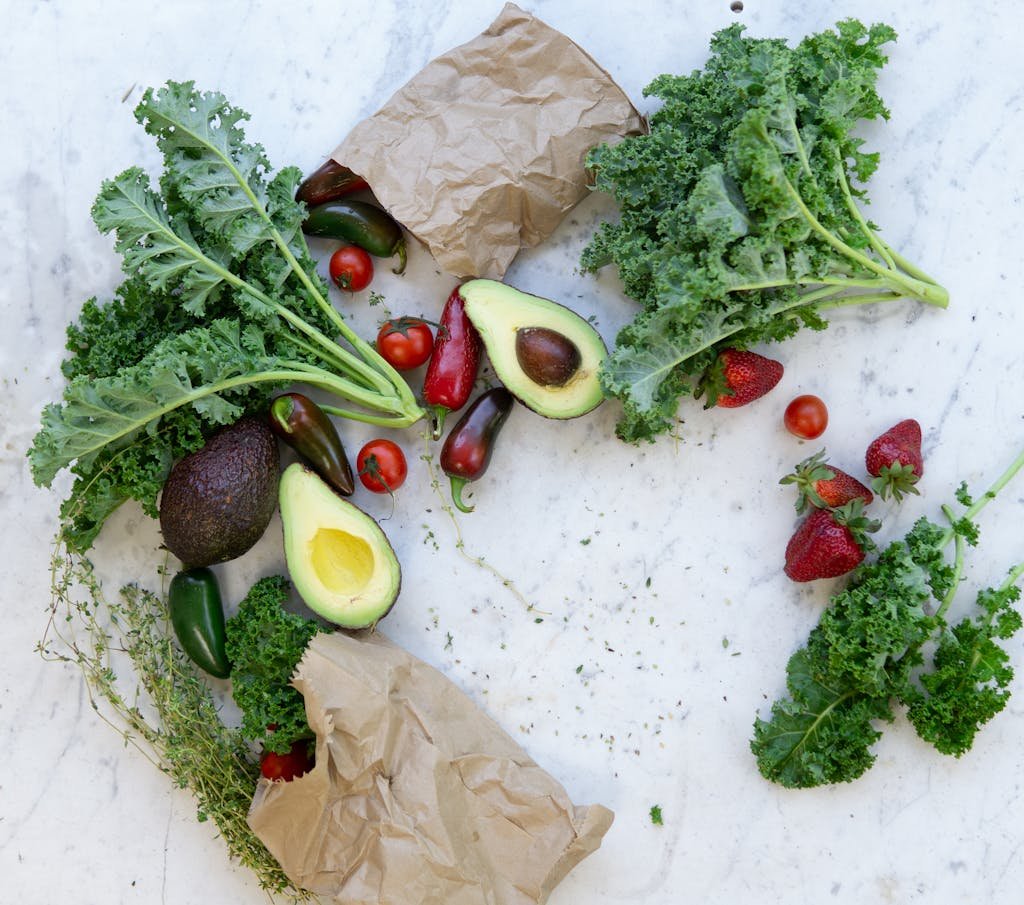
Optimal Preparation Methods for Maximum Benefits
How you prepare and store fruits and vegetables can make a big difference in their impact on your gut health. For example, some vegetables, like onions and garlic, retain their prebiotic benefits whether eaten raw or cooked, while others, like broccoli, lose certain nutrients when overcooked. Light steaming often strikes the perfect balance, preserving nutrients while making produce easier to digest.
Storage is another crucial factor. Did you know that refrigerating carrots and apples can help preserve their prebiotic fibers? On the other hand, tomatoes and onions do better when stored at room temperature to maintain their natural compounds. A quick tip: use airtight containers for chopped produce to lock in freshness.
Certain preparation methods can even enhance prebiotic content. Chopping garlic and letting it rest for 10 minutes before cooking increases its allicin content, a compound that supports both gut and immune health. Similarly, fermenting leftover garden veggies like cucumbers or cabbage is a fantastic way to add probiotics while extending shelf life.
When it comes to preserving your garden’s bounty, freezing is a quick and easy option. Blanch vegetables like green beans or kale before freezing to preserve their color, texture, and nutrients. And always aim for minimal processing—peeling, for instance, can strip away fiber-rich skins.
From harvest to plate, a little care goes a long way in maintaining nutrient density. Following these simple steps not only benefits your microbiome but also ensures you get the most out of the hard work you put into growing or sourcing fresh produce.
Building a Gut-Healthy Produce Routine
Creating a routine for gut-healthy eating starts with variety. When shopping, aim for a diverse mix of fruits and vegetables each week—think leafy greens, root veggies, berries, and citrus. Studies show that eating 30 or more plant-based foods weekly promotes microbiome diversity, which is key to overall health.
Meal planning can make this easier. Try designing meals around seasonal produce to keep things fresh and budget-friendly. For example, roasted root veggies in winter or vibrant salads in summer. If you’re short on ideas, apps like ‘Mealtime’ can help you plan gut-friendly dishes while reducing food waste.
Increasing your daily intake of fruits and vegetables doesn’t have to be overwhelming. Start small: add a handful of spinach to your morning smoothie or swap chips for sliced carrots with hummus. Simple swaps build habits over time.
Growing your own produce is another great way to stay consistent. Even a small kitchen garden for herbs like parsley, basil, and cilantro can provide fresh, flavorful additions to your meals year-round. If space is tight, container gardening offers a solution—plants like cherry tomatoes and lettuce thrive in pots on balconies or windowsills.
For a nutrient-packed option, try growing microgreens. These tiny greens, such as arugula or radish sprouts, are simple to grow indoors and deliver concentrated vitamins and minerals. You’ll find plenty of beginner-friendly guides on YouTube to get started.
By incorporating these tips, you’ll be well on your way to building a sustainable routine that supports your gut and keeps your meals exciting and nutrient-rich.
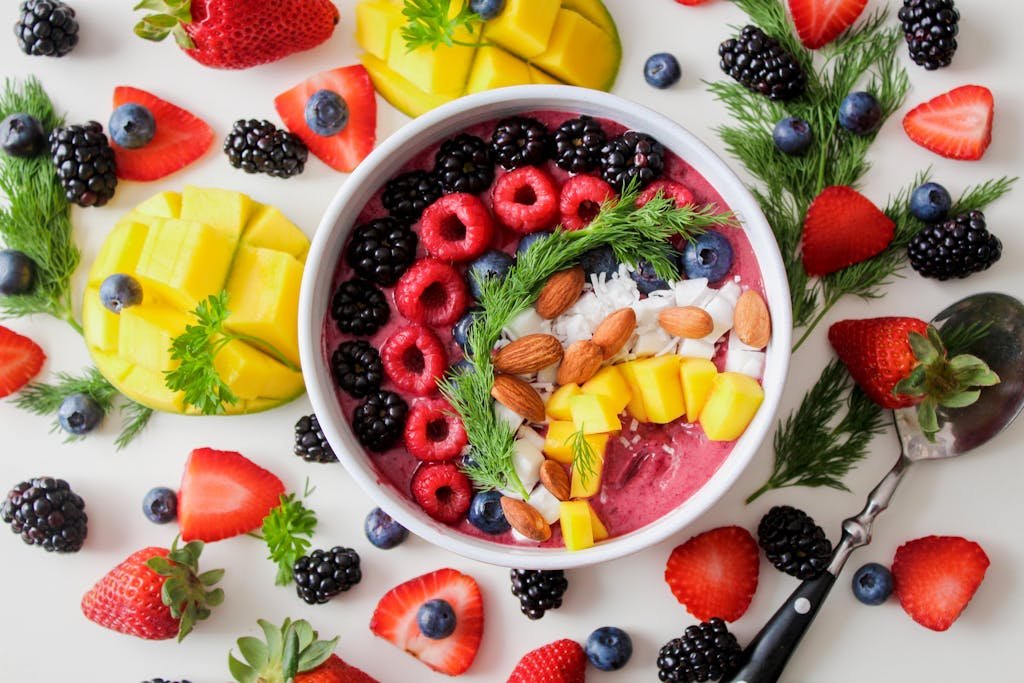

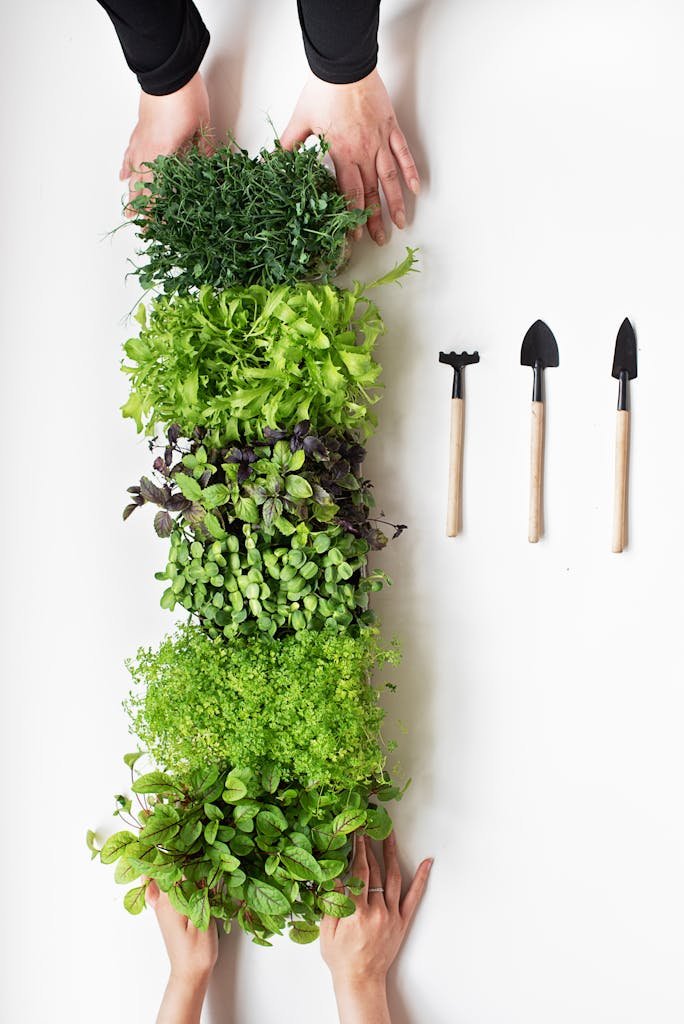
Common Challenges and Solutions
When building a gut-healthy diet, challenges are bound to pop up, but they’re all manageable with the right strategies. For instance, some people experience digestive sensitivity to certain produce, like broccoli or beans. Cooking these foods instead of eating them raw can make them gentler on your stomach. If that doesn’t help, low-FODMAP vegetables like zucchini or spinach might be better options—these are known to be easier to digest.
Budget is another common concern, especially when aiming for organic or fresh produce. Farmers’ markets often offer seasonal produce at lower prices than grocery stores, and many accept SNAP benefits. You can also prioritize organic for the “Dirty Dozen” (high-pesticide items like strawberries) and go conventional for the “Clean Fifteen” (lower-pesticide foods like avocados).
Seasonal availability can also make it tricky to access your favorite fruits and veggies year-round. Freezing fresh produce during peak season is a great solution. For example, blueberries freeze beautifully and maintain their nutrients, while winter squash can be roasted and stored in the freezer for easy meals later.
By cooking thoughtfully, shopping smart, and preserving seasonal items, you can overcome these hurdles and keep your gut-healthy routine going strong no matter the season or budget.
Conclusion
Your gut health journey is a vital investment in your overall wellbeing, and fresh produce plays a starring role in this story. Speaking of gut-health superstars, have you tried our signature black garlic? It’s a powerful prebiotic that we ferment naturally to enhance its gut-supporting properties.
Not only do we sell this amazing superfood, but we’re also proud to bring our fresh, locally grown produce to both the Tralee and Mallow Farmers Markets every weekend.
Want to start your own gut-healthy garden? Check out our blog section, where we regularly share detailed gardening tips, seasonal planting guides, and tricks for maximizing your harvest’s nutritional value. Remember, everyone’s gut health journey is unique, and we’re here to support yours! Whether you’re dealing with specific digestive concerns or just wanting to boost your overall gut health, don’t hesitate to reach out to us.
We are passionate about helping you make informed choices about fresh produce and gut health. You can find us at the markets every Friday and Saturday morning from April – November, or simply drop us a message through our website, Facebook or Instagram. We’ll do our best to answer your questions and help you find the right produce options for your needs.
After all, a healthier gut ecosystem starts with fresh, nutrient-dense produce, and we’re committed to bringing you the very best from our farm to your table. Ready to transform your gut health? Start with fresh, local produce today – your microbiome will thank you!



